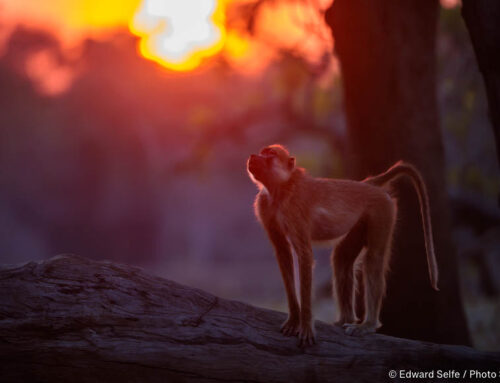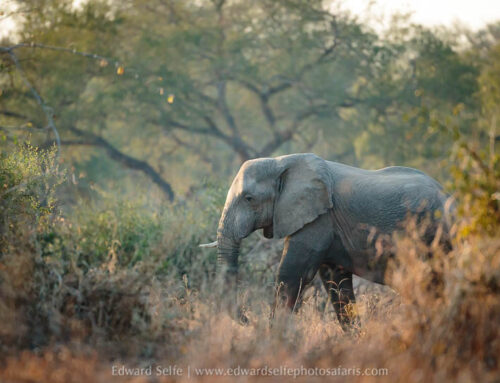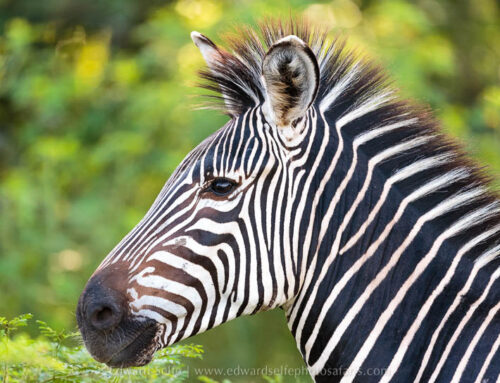Wild dogs are one of the most sought-after species on safari; they are fun, energetic and highly endangered. But getting photos that do justice to all these characteristics is much harder than it appears.
Wild dogs are beautiful, but their eyes — which usually say a lot about an animal — are hidden in a black facial mask. Added to this, they tend to walk with their heads held low, and they flop gracelessly onto their sides when they rest. It’s very easy to take a lot of bad photos of wild dogs!
What defines wild dogs is their ability to run! They are incredibly fast, keeping up a killer pace for long distances and it is when they are active like this that they come alive for photographers.
Recently, in the middle of the rainy season, I was in the bush with my family one afternoon and we found the Manzi pack, a large pack of dogs that denned successfully last year and added around 10 pups to the pack. Some of the yearlings have since dispersed, but the pack still numbers around 20 individuals. When we found them, they were resting, but the light was low and the air was cool and I knew they would start to move soon.
I chose a spot where we could see the pups which were huddled in (dog!) pile. Being the centre of the pack’s efforts, the pups are often the social core around which the rest of the pack’s socialisation occurs. When a couple of the adults roused and started to move towards the pups, I knew that some activity was coming!
I had tested the light prior to arriving, but I knew that I needed different settings for dogs. I needed a fast shutter speed to cope with their fast movements; I needed +1 stop over-exposure to ensure that their eyes are not lost in their dark faces; and I needed to close my aperture one stop (from f4 to f5.6) to capture a bit more depth of field. This final step would allow me more tolerance in my focusing knowing that they would be moving very fast!
I set all these adjustments, and checked my speed. With ISO 1600, I was only getting 1/400sec which is not fast enough for running dogs. I could have increased the ISO to 3200, but the grain would have been too high, so I sacrificed the extra depth of field and returned to f4, and reduced the over-exposure to +1/3, to keep the shutter speed fast enough.
As the dogs were playing, I tried to follow their movements in the frame, firing bursts of shots when the dogs were side on to me and I could see both their faces. I continually moved the focus point around in the frame, trying to keep the active zone over the dogs’ chests or heads. This is a high-speed encounter so I was not expecting to get all the shots in focus, or even in the frame!! I managed to cut off heads, tails and feet in several shots, but in the end I got several series of shots that conveyed the energy and excitement of the moment.
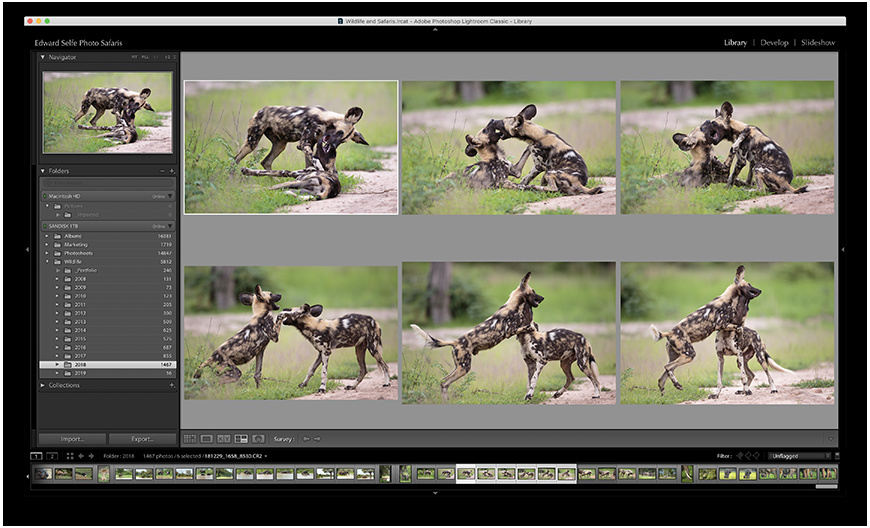
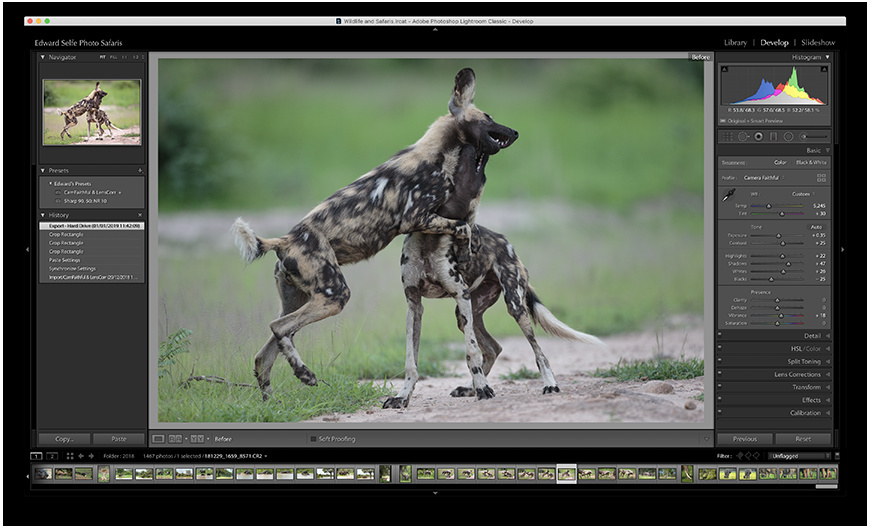
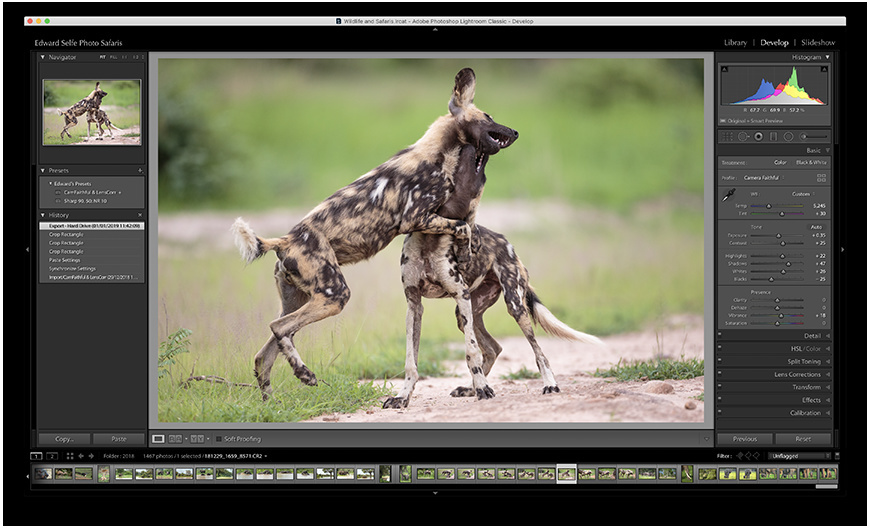
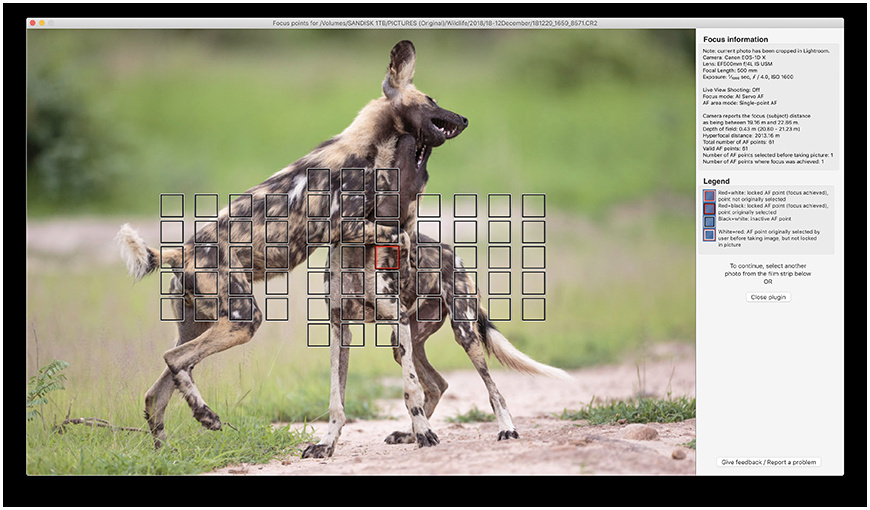
There is skill in keeping a moving subject in the frame as it moves around erratically. But there is also certainly some luck….who knows exactly which way the dogs will move next? However, setting up the camera correctly will surely help with the final images!

